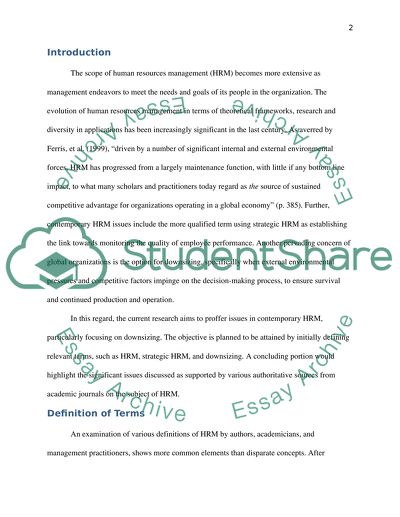Cite this document
(“Contemporary issues in managing human resources Essay - 1”, n.d.)
Retrieved from https://studentshare.org/macro-microeconomics/1425455-contemporary-issues-in-managing-human-resources
Retrieved from https://studentshare.org/macro-microeconomics/1425455-contemporary-issues-in-managing-human-resources
(Contemporary Issues in Managing Human Resources Essay - 1)
https://studentshare.org/macro-microeconomics/1425455-contemporary-issues-in-managing-human-resources.
https://studentshare.org/macro-microeconomics/1425455-contemporary-issues-in-managing-human-resources.
“Contemporary Issues in Managing Human Resources Essay - 1”, n.d. https://studentshare.org/macro-microeconomics/1425455-contemporary-issues-in-managing-human-resources.


